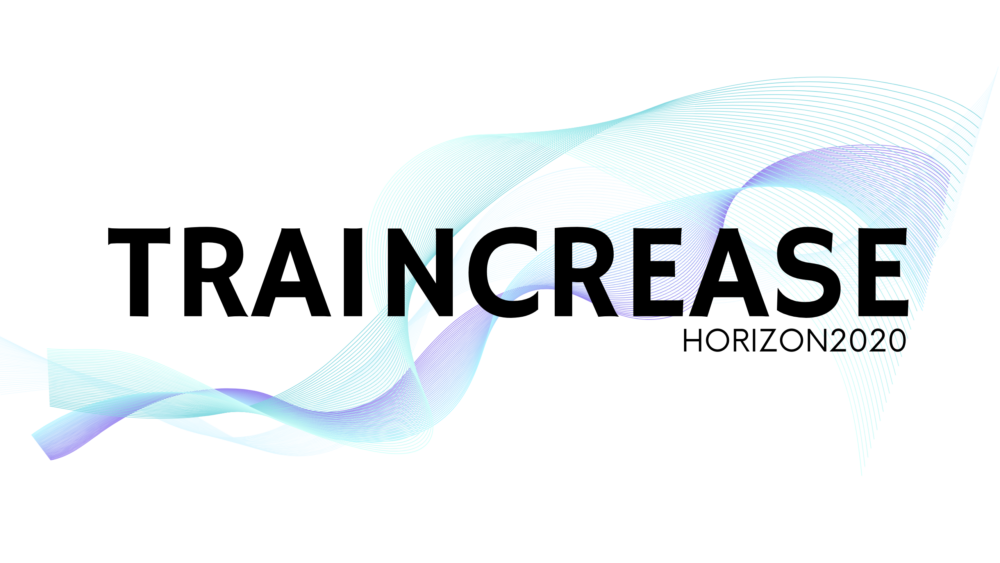Aarhus Workshop (27-29.10.2021)
- Accompanying events: 27 Oct 2021
- Main workshop: 28-29 Oct 2021
Cultural evolution in the laboratory: how to experimentally investigate the emergence of abstract thinking
Through the last two decades, a new research field has emerged which has been coined experimental semiotics. Experimental semiotics aims to investigate the factors and underlying processes that shape the development of sign systems, such as for instance natural languages. Languages evolve over historical timescales in response to complex dynamics and interactions of many factors pertaining to biology, cognition, culture, social interaction, technology and the environment. It is thus very difficult to investigate and make claims about language evolution. However, in experimental semiotics, researchers experimentally simulate simple environments in the laboratory where participants have to evolve communicative systems from scratch in order to solve a task. This allows us to systematically control and investigate different factors and how they interact to form functional communication systems. Ultimately, these kinds of experiments can thus test the plausibility of hypotheses and inform discussions of the processes underlying language evolution. In this workshop, we will look into the different types of experimental paradigms that have been used and try out a few demonstrations in the classroom.
Workshop programme:
Day 1
Session 1: How to bootstrap a communication system
9:15 – 10:30
Language has famously been argued to be fundamentally arbitrary (Saussure, 1916). However, a central question in language evolution concerns the so-called “symbol grounding problem” (Harnad 1990): In order to collectively establish and conventionalize (arbitrary) meanings of new signs we depend on expressions, definitions or negotiations of those meanings in some other modality or language. We discuss solutions to this circularity problem reviewing experimental evidence that new signs are initially grounded in motivated iconic or indexical mappings to the referents. While iconicity could seem an important factor in bootstrapping a new communication system there also seems to be processes that might push communication systems away from iconicity and towards more arbitrary signs. Among these are pressures for optimization of communication.
Recommended readings:
- Harnad, S. (1990). The symbol grounding problem. Physica D: Nonlinear Phenomena, 42(1-3), 335-346
- Garrod, S., Fay, N., Lee, J., Oberlander, J., & MacLeod, T. (2007). Foundations of representation: where might graphical symbol systems come from? Cognitive Science, 31(6), 961-987
- Galantucci, B. (2005). An experimental study of the emergence of human communication systems. Cognitive science, 29(5), 737-767.
- Galantucci, B. (2009). Experimental semiotics: A new approach for studying communication as a form of joint action. Topics in Cognitive Science, 1(2), 393-410.
Session 2: On the role of social learning
11:00 – 12:00
While session one is mainly concerned with the role of social interaction (in this context, also referred to as “horizontal transmission”), in session two we will review additional factors suggested to impact the emergence and structure of sign systems. Specifically, we will look into the role of i) individual learning and the way our cognitive systems (with their biases, expectations and limited memory capacities) give shape to sign systems through instruction and learning over multiple generations.
Recommended readings:
- Kirby, S., Griffiths, T., & Smith, K. (2014). Iterated learning and the evolution of language. Current opinion in neurobiology, 28, 108-114.
- Kirby, S., Cornish, H., & Smith, K. (2008). Cumulative cultural evolution in the laboratory: An experimental approach to the origins of structure in human language. Proceedings of the National Academy of Sciences, 105(31), 10681-10686
- Tamariz M & Kirby S (2015) Culture: Copying, compression and conventionality. Cognitive Science 39, 171-183
Session 3: On the origin of linguistic diversity
13:00 – 14:30
Languages (and communication systems in general) across the world differ (Evans and Levinson 2009). What is the source of this diversity? We will visit the linguistic niche hypothesis; the suggestion that the physical and social environment might have an impact on the propagation of linguistic structure, and how it can be investigated in the lab.
Recommended readings:
- Lupyan, G., & Dale, R. (2016). Why are there different languages? The role of adaptation in linguistic diversity. Trends in cognitive sciences, 20(9), 649-660.
- Christensen, P., Fusaroli, R., & Tylén, K. (2016). Environmental constraints shaping constituent order in emerging communication systems: Structural iconicity, interactive alignment and conventionalization. Cognition, 146, 67-80
- Nölle, J., Fusaroli, R., Mills, G. J., & Tylén, K. (2020). Language as shaped by the environment: linguistic construal in a collaborative spatial task. Palgrave Communications, 6(1), 1-10.
Session 4: Further implications and applications
15:30 – 17:00
In the afternoon, we showcase other examples of investigations utilizing the methodologies introduced in the morning sessions to study different kinds of cultural phenomena. We are visited by Cordula Vesper who will showcase studies developed in the context of the research project Experiencing, Experimenting, Reflecting, which is a collaboration between researchers and artists (see more at https://www.eer.info).
Day 2
Session 5: Implementation: processes and mechanisms
9:15-10:30
After a brief recap and an introduction to the day, this session aims to look closer at how the theoretical and empirical concepts from Day 1 can be implemented more concretely to the study of abstraction and abstract concepts. In groups, we will identify processes and mechanisms of abstraction and the emergence of abstract forms and concepts. We will discuss research questions and what data or tools that would be interesting and relevant.
Session 6: Implementation: designs
11:00-12:00
Here, we will continue our group work which will focus on idea generation and the potential experimental designs which could investigate the relevant processes and mechanisms of abstraction. We will discuss methodologies, analysis, and the wider contribution to the field.
Session 7: Implementation: presentations
12:15-13:00
We will conclude this day with short presentations and feedback/discussion – and the workshop organisers will wrap up the workshop.
13:00 Lunch
Post-workshop
14:00-16:00
Participants are invited to stay and work further on potential projects and discuss them with other participants or potential collaborators.
Internal organisational meeting for the Traincrease partners.
